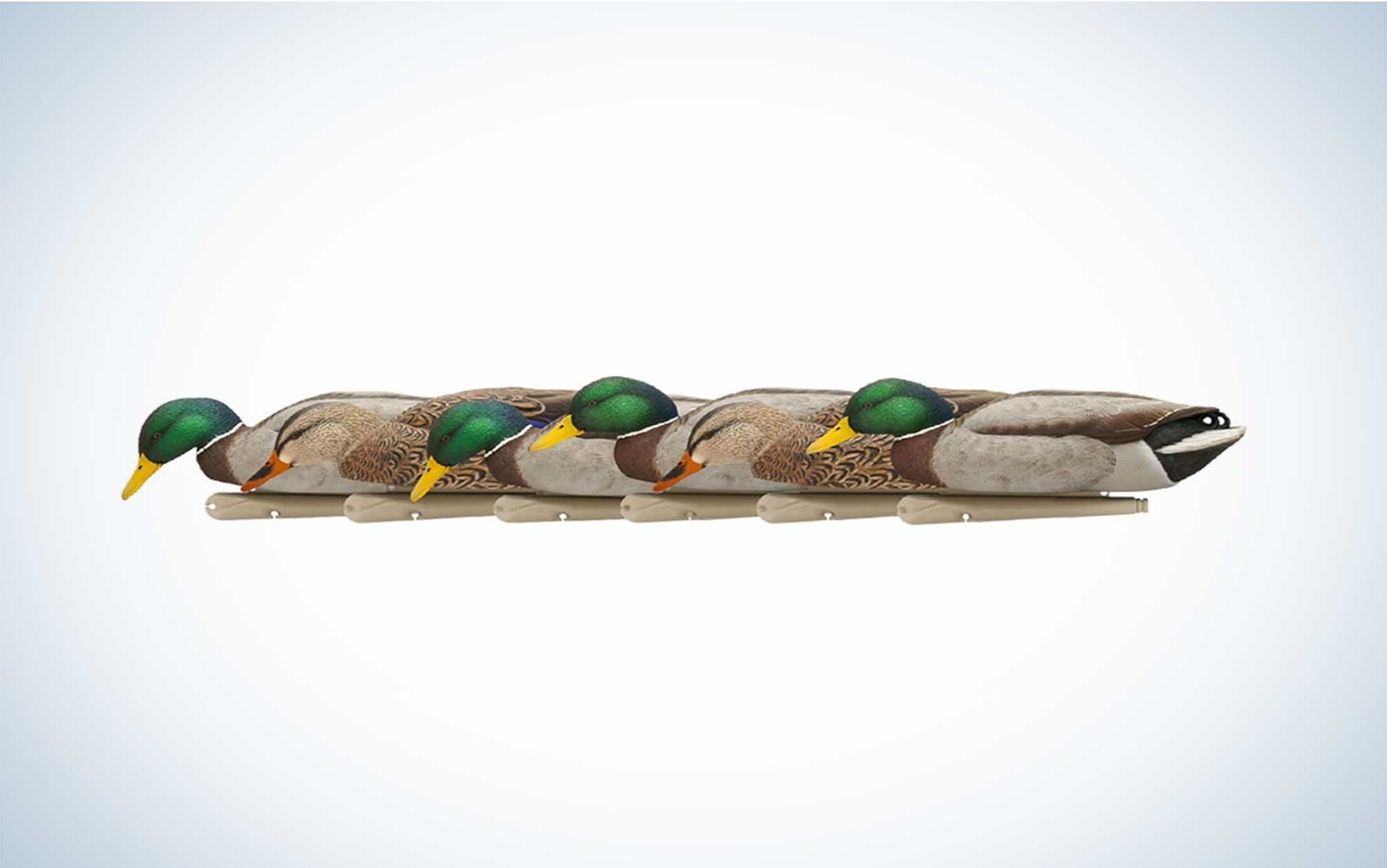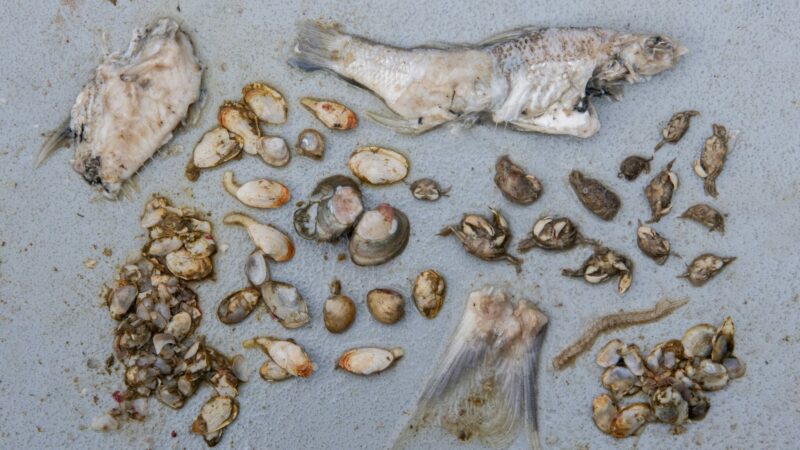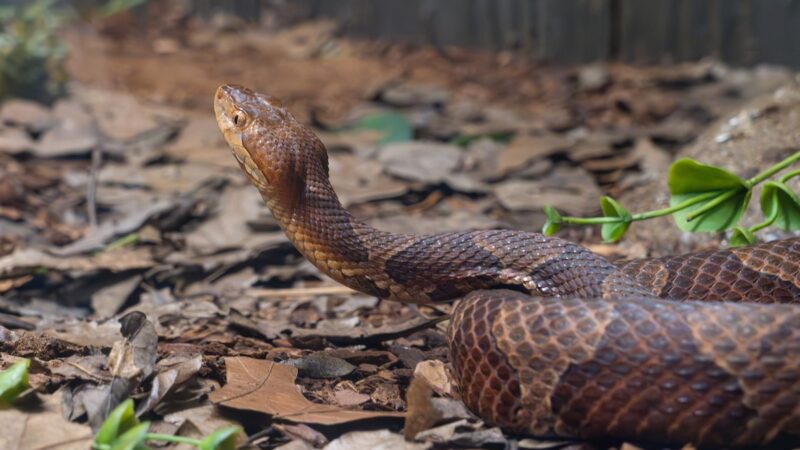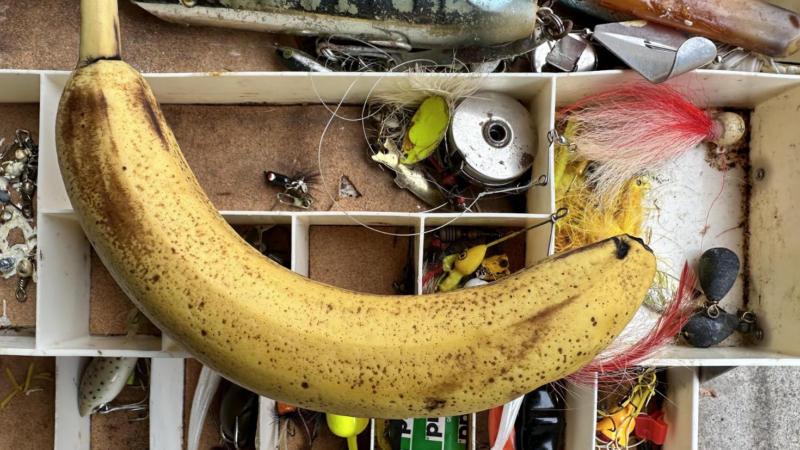How to Decoy Ducks: Expert Tips and Tactics for Finishing Birds Close
We may earn revenue from the products available on this page and participate in affiliate programs. Learn More ›
The pinnacle of waterfowl hunting is not about shooting a bunch of limits. It’s about learning how to decoy ducks properly. Talk to any accomplished veteran waterfowler and you’ll find that they’re not interested in shooting a lot. They want to shoot only a few times at ducks that are back pedaling over the decoys. No misses. No wounded birds. That’s the goal.
Of course, different hunting conditions and different waterfowl species require unique decoying strategies. But there are some universal tips and concepts that will help you no matter where you hunt. I’ve learned a lot of these pointers through hunting with expert waterfowlers all around the country. Along with that, contributor Joe Arterburn interviewed Fred Zink, one of the great duck-hunting minds of our generation. Lastly, some of this knowledge was learned the hard way: By messing up in the field a few times and finally learning from those mistakes.
Get Right on the X
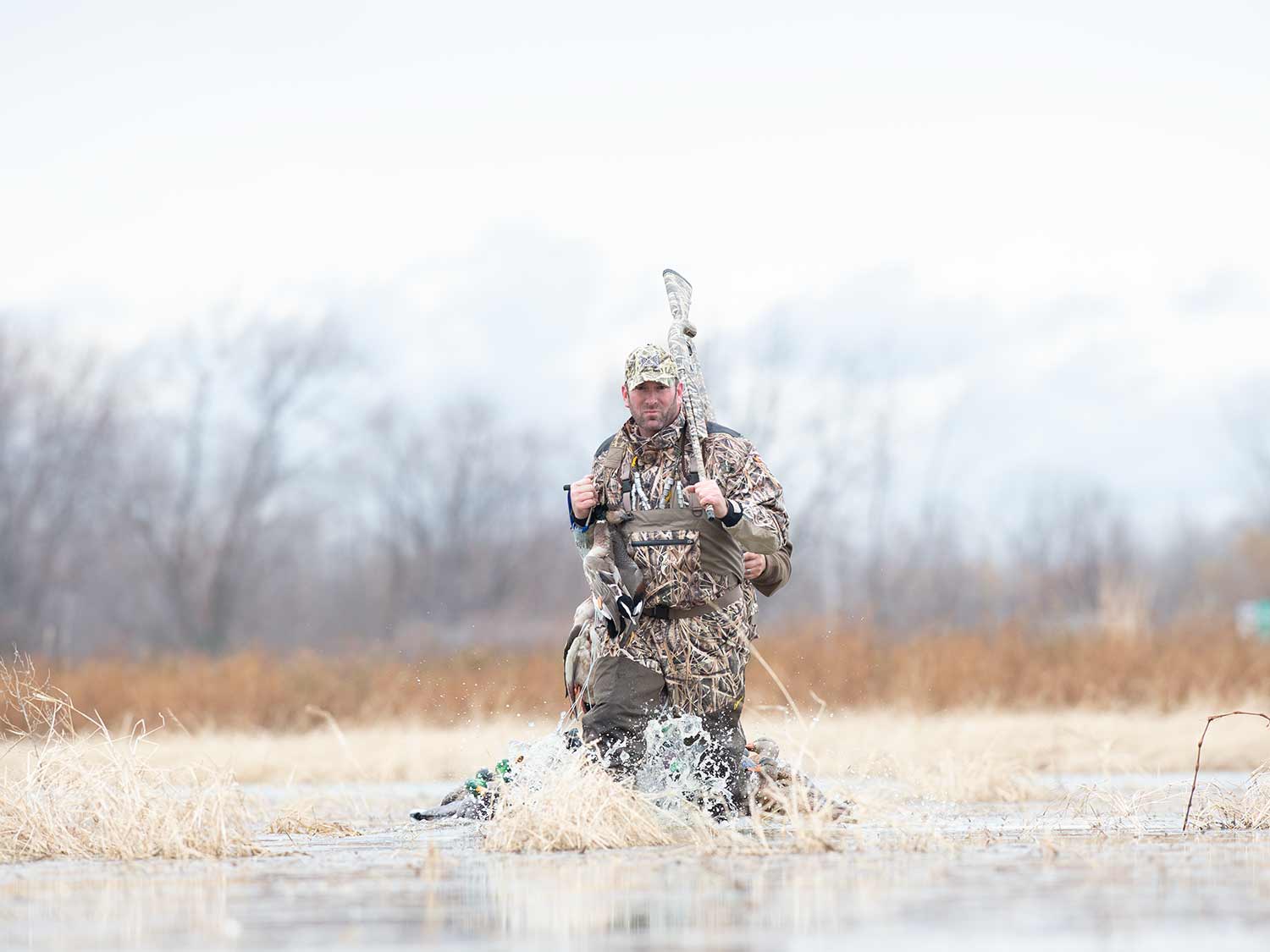
The most important aspect of decoying ducks and geese is location, says Zink. But you’re going to have to be more specific than finding a field or pothole that ducks like.
“Knowing the exact spot is important, but just part of the whole puzzle,” he says. “There is always an exact location where ducks and geese want to be because of available food or cover — whether it’s ducks in shallow water or geese in a field. There are areas in that field that are fed out and there are areas in that field where there’s still food. Those birds, whether they be ducks or geese, want to be right there. That is where you set your decoys.” — Joe Arterburn
A Good Hide Is Key, Especially for Mallards
Complete camouflage, including overhead cover, is a must. This is especially true when hunting mallards, which like to circle high before committing to a landing spot. Zink says that he’s pulled into a local hunting area with 15 hunting rigs in the parking lot and “I can stand on the top of my boat on the boat ramp and look out over the marsh and I can typically find all 15 of them.” Zink takes the time to camouflage, paying attention to every detail, grassing the chicken-wire frame of his boat blind with natural vegetation. Prairie cordgrass, which is wispy, durable “and won’t poke you in the eye,” is a favorite. “You can blend it in and I can go right in there and the ducks have absolutely no idea where I am,” he says. “When you’re hunting a public marsh that’s maybe 600 acres and has five to 30 boats hunting it every day of duck season, you have to be able to hide.”
When scouting for birds, also scout the hide. Mark these spots on a digital mapping app like onX so that you can find their precise locations in the dark at set up time.
There will inevitably be some spots where birds like to be, but that offer no good options for a hide. In those cases, hunt from a good hide as close as you can get to the X. Always prioritize the hide over hunting on the X, because hunting without a proper hide will result in flared birds and lots of frustration. —J.A.
Keep It Realistic
When you’re scouting, pay close attention to how ducks are positioned at any given spot. If possible you want to then set your spread just like how you saw the real ducks feeding or resting. For example, if you see some mallards sitting on the bank while others are dabbling in the water, bring a mix of full bodies and floaters. It’s far better to mimic real birds than it is to follow the traditional “J hook” or “U” shaped decoy patterns you’ll see promoted in articles or videos.
To do this properly, you need to spend significant time (think hours) watching the ducks you’re hunting. Sometimes ducks will land in one spot, and then swim over to another spot. If you don’t spend sufficient time watching those ducks, you might set up at the spot where they swim to, and then spend your hunt watching them touch down out of shooting range. Take notes on how ducks approach the spot, where they’re coming from, and where they like to land.
Read Next: Best Duck Decoys
Range the Kill Hole
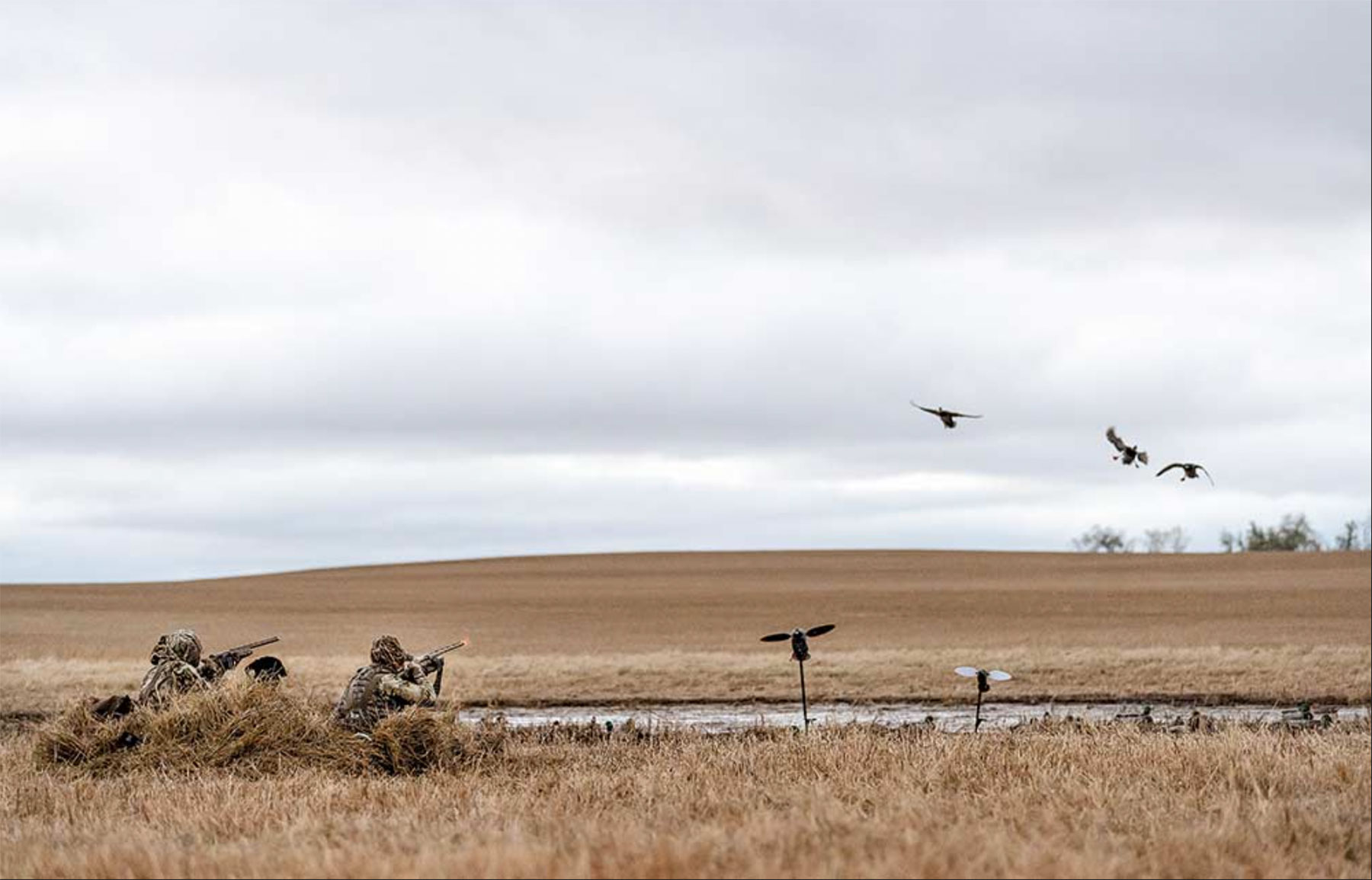
Remember, everything seems farther away in the dark (when you’ll be setting your spread). So make sure you pace off the actual distance of your kill hole (the opening in the spread where you want ducks to finish). In most cases you want the kill hole to be about 15 to 20 yards away from the shooters and in a spot where all hunters will get good opportunities when a flock of ducks finishes perfectly. Hunters tend to set the kill hole — and the rest of the spread — too close to the blind in the dark, which causes birds to not want to finish or makes them land out of range.
Play the Wind

Photo by Alex Robinson
We all know that ducks like to land into the wind, but it’s not always possible to hunt with a 15 mph wind at your back. So think about how ducks might circle downwind in order to approach your decoy spread. Hunting with a crosswind is often a great way to bring birds in close as they will not be looking directly at your hide as lock up.
When there’s no wind or light wind, ducks will approach and land from any direction. In these cases, it’s extra important to have a good back cover and overhead cover, as ducks will circle from all directions and inspect your setup from every angle.
In some cases it’s possible to hunt effectively with the wind blowing in your face. Position decoys out farther from the hide and shoot ducks between you and the rig. Just know that you’ll be shooting ducks in the back, so take low, finishing shots or shots that are directly overhead.
Play the Sun
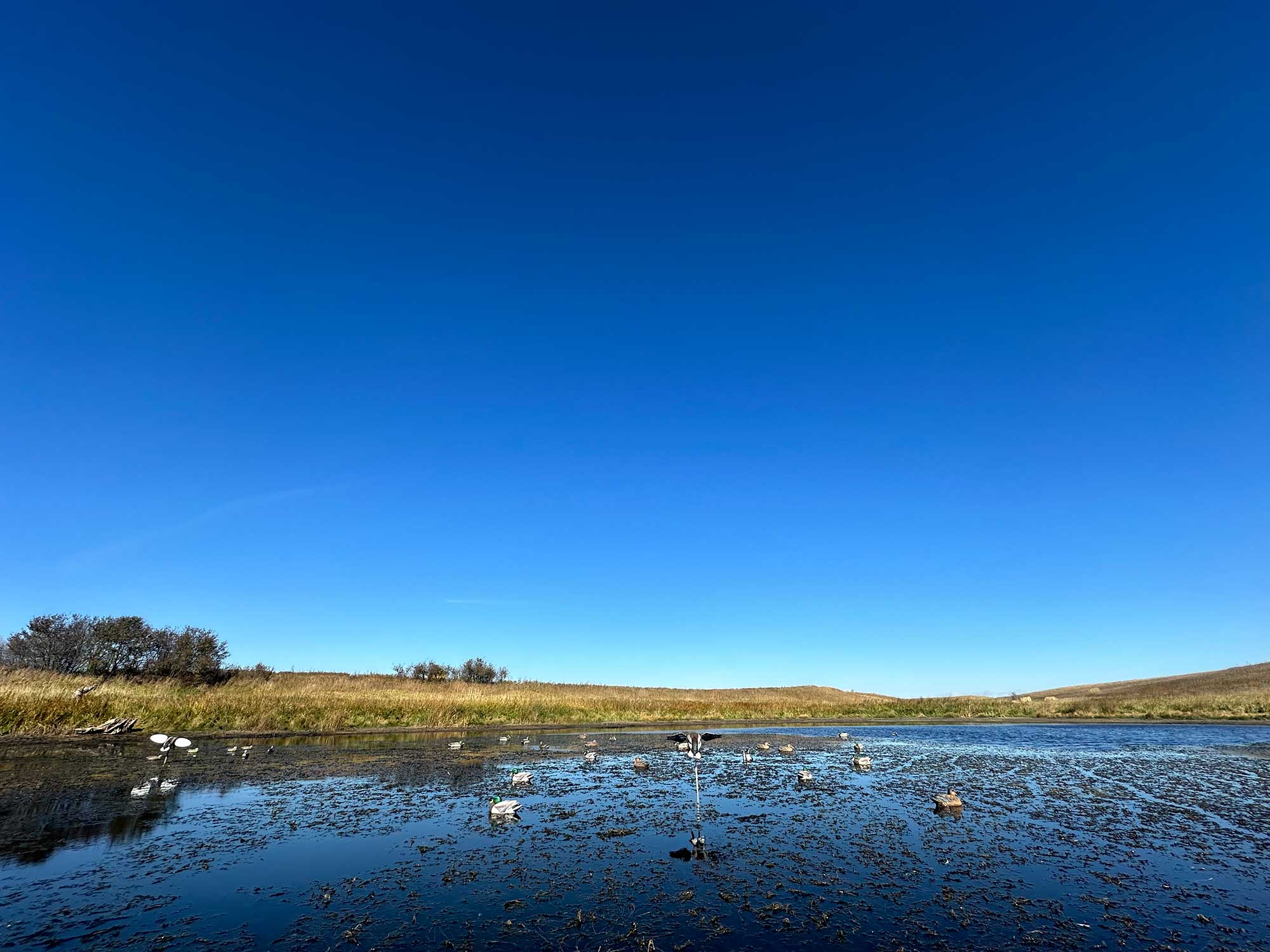
Photo by Alex Robinson
In a perfect scenario, your decoys will be in the sun (so ducks can see them well) and your hide will be in the shadows. On clear days, especially first thing in the morning, you don’t want to have the sun in your face because it makes for tough shooting and it also makes it impossible to identify drakes.
But also determine if you are hunting migrating birds that are new to the area, or local birds that are returning to an X they’ve chosen before. If you’re hunting migrating birds (or you can’t get on the X but you’re in an area where birds are flying back and forth), it’s most important for the decoys to be in the sun.
“They can see those decoys for miles,” says Zink, “but if you set up where the sun is in [the ducks’] faces, they can’t see your spread and they’ll fly right by.”
Conversely, if scouting has put you on the X, you want the sun in the face of incoming birds so they can’t see your well-camouflaged blind. This works especially well on water sets, with glare coming off the surface blinding them. “With the reflection off the water in their eyes they have no idea you’re sitting out there in the middle of the bay in a layout boat.” —Joe Arterburn
Add Motion to the Spread
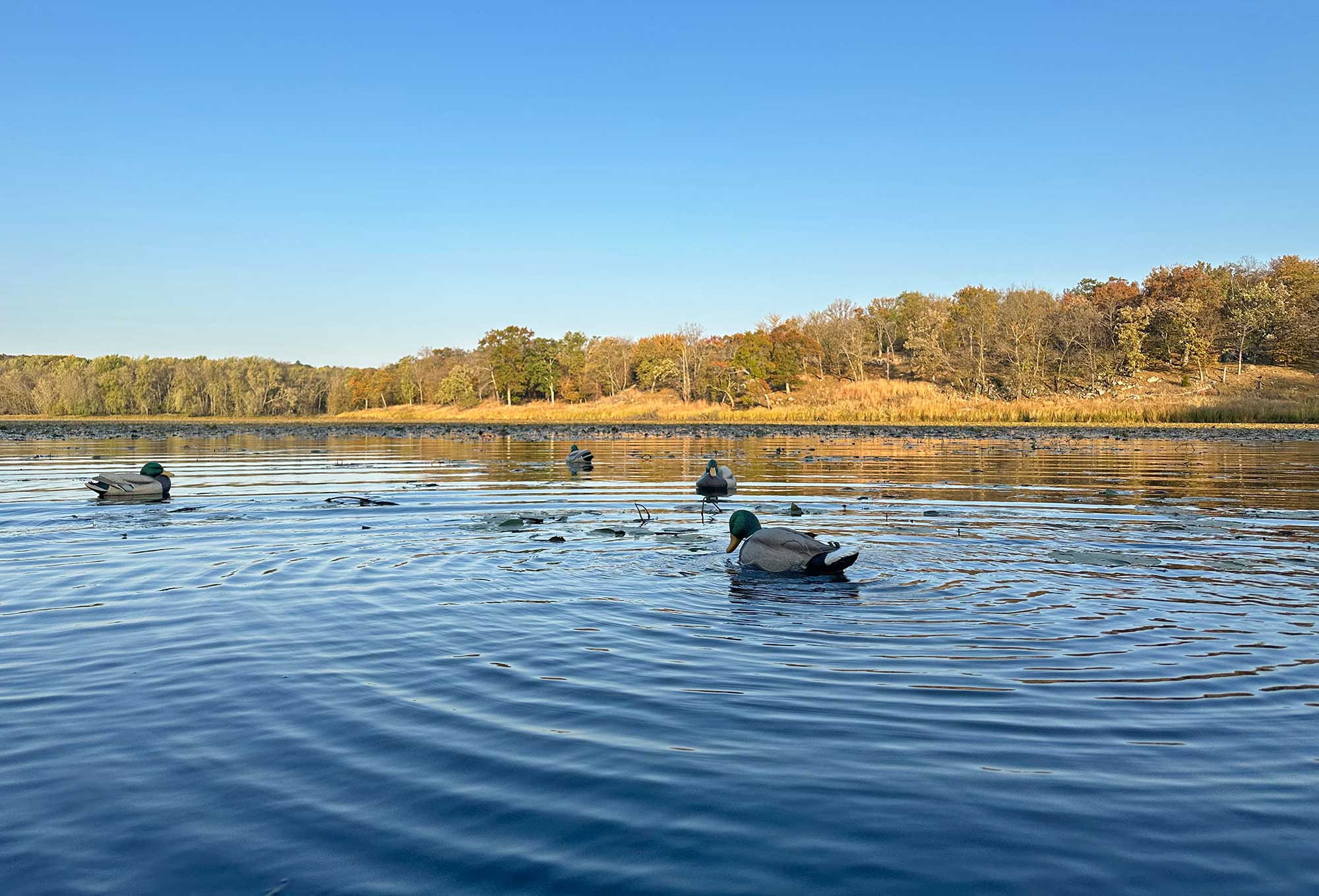
Photo by Alex Robinson
Watch a flock of ducks on the water and you’ll likely see them swimming around, diving, and splashing. So on calm days, you need to add some motion to your decoy spread. Over the past few decades the go-to move was to simply throw out a spinning wing decoy or two (more on this in a moment). But because spinners are so popular now, many hunters hesitate to run them, especially on pressured ducks.
When in doubt, I prefer to run rippler, swimmer, and pulsator-type decoys. These decoys are more subtle than a spinner and they add realistic motion to the spread. I’ve had good success using the Avian-X Power Shaker, Avian-X Power Swimmer, Mojo Rippler 2, and Higdon Pulsator Pro. In a spread of two-dozen floaters, I’ll run one pulsator, one swimmer, and three ripplers for ultimate realism.
Know When to Run Spinners (and When Not to)
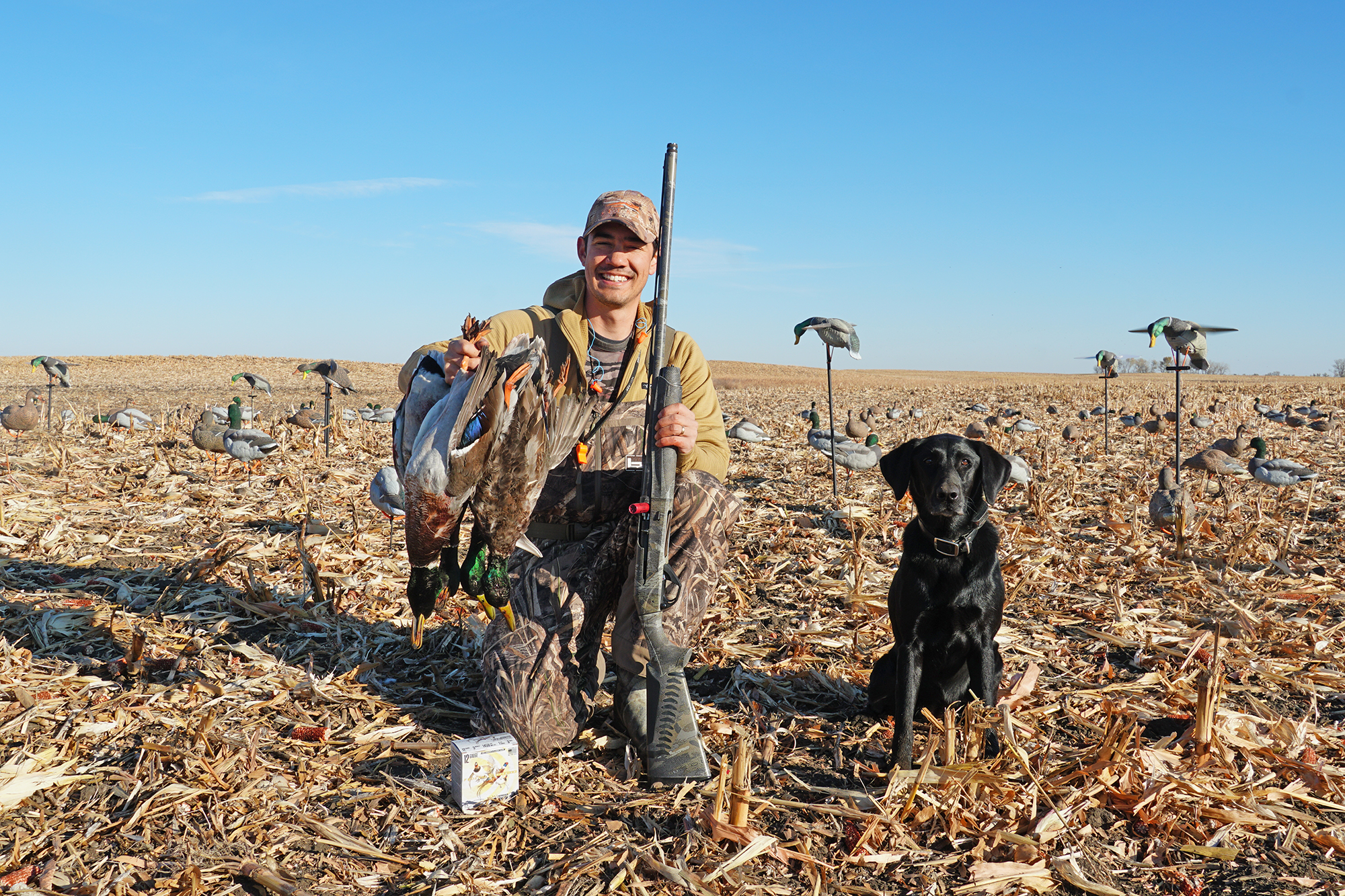
Photo by Alex Robinson
So when should you run spinning-wing decoys? This really comes down to trial and error where you hunt, but here are some basic dos and don’ts.
Do run spinners when:
- You’re hunting early season (especially early teal).
- You’re field hunting.
- It’s a windy, sunny day and you’re hunting migrators (new ducks).
Don’t run spinners when:
- It’s first shooting light.
- It’s a dark, overcast day.
- When you’re hunting stale, pressured ducks.
Most spinning-wing decoys come with remotes, so you can keep them off at first shooting light and then turn them on later in the morning when the sun is up. You can also turn them off if it seems ducks are wary of the spinners or if geese approach the spread (geese typically don’t like to finish around spinners).
Hunt with as Few Decoys as You Can Get Away With
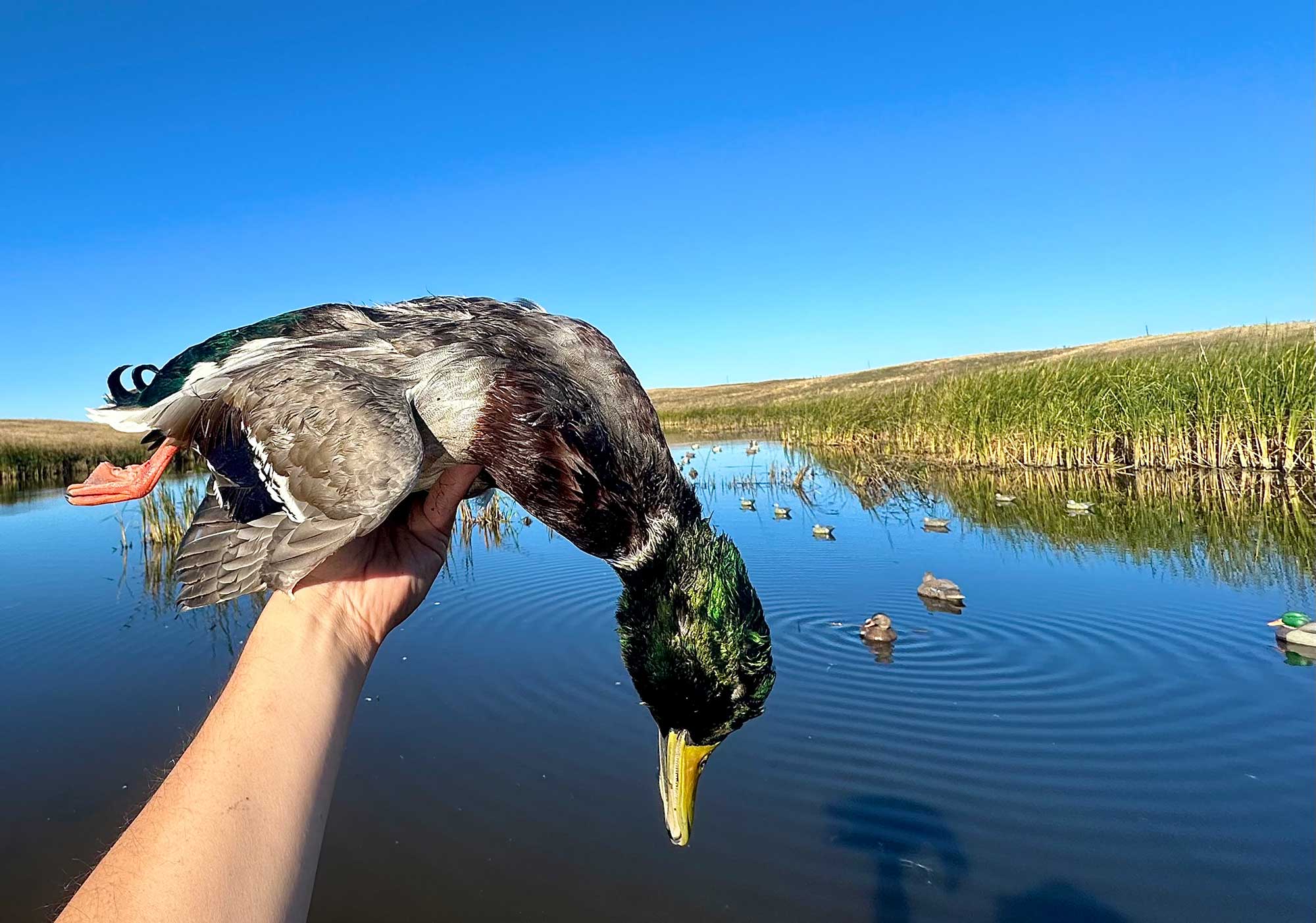
Photo by Alex Robinson
More decoys aren’t always better. In most cases you’ll want to run as few decoys as required to bring ducks in. For example, on a walk-in hunt I’ll run only 18 light-weight decoys (along with some motion dekes). Going light allows me to hike into honey holes that other hunters are not willing to access.
Running a small spread also allows you to adapt more quickly. There will be times you’ll need to shift the spread or even pick up and move to a new location — a small setup makes this possible. If you’re hunting on the X and have a good hide, 12 to 24 decoys is often all you need.
Read Next: Best Duck Hunting Waders
Know When to Run Big Decoy Spreads
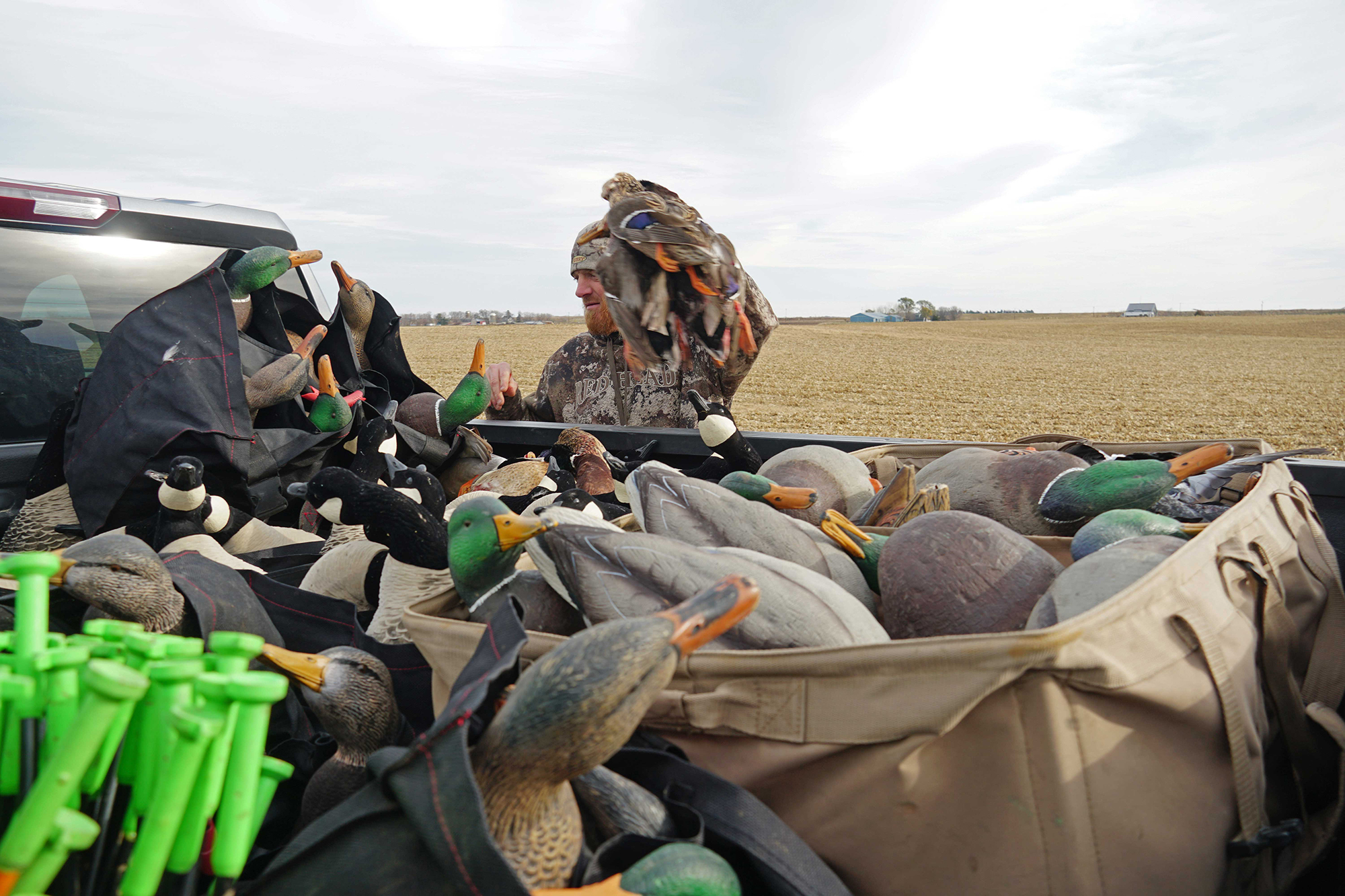
Photo by Alex Robinson
Of course, there are times when you’ll need to run larger decoy spreads. When you’re hunting big water or big feeds in fields with a crew of other hunters, you’ll want to run as many decoys as you can afford — and tolerate setting and picking up.
As a general rule of thumb, you need bigger spreads when you’re running traffic on migrators and see only larger flocks of ducks.
Fix the Hide Before Tweaking the Spread
If things aren’t going as planned and ducks aren’t finishing, duck hunters tend to want to mess with the decoy spread. Maybe birds will finish better if you open up the kill hole more? Or maybe it’d better to move the decoys farther out?
The first thing you should do, however, is evaluate your hide. If ducks can see down into it, that’s probably why they’re not finishing, so add more or taller cover to your blind, or push back into the shadows before messing with the spread.
Also, it’s often wise to pick out a secondary hide when you’re building the setup first thing in the morning. You can get away with hunting with less cover first thing in the morning under low-light conditions. Then, when the sun comes up, have a spot to quickly fall back to where you have better cover.
You Need Different Body Postures to Kill Ducks
Unlike field hunting, where you’re decoying birds that want to eat, birds coming to water aren’t necessarily hungry, but often looking to rest. Using tucked-head, sleeping decoys helps set the scene.
“Understand that ducks look a certain way and Canada geese look a certain way when they’re sitting on open water,” says Zink. “They have certain anatomy, especially when it comes to temperature.”
The greatest benefit for waterfowl hunters in recent years is the evolution of truly lifelike decoy postures. His Backwater series mallards have heads and beaks at or below water level.
“If you watch ducks in a natural backwater, I guarantee you that 85 to 90 percent of them will have their heads down feeding”

Photo by Kyle Hildreth
It also makes sense to mix in a variety of species to match the types of ducks you’ve seen scouting. For example some wigeon or divers mixed along the side of a mallard spread can help the rig be more visible and realistic. —J.A.
Final Thoughts on How to Decoy Ducks
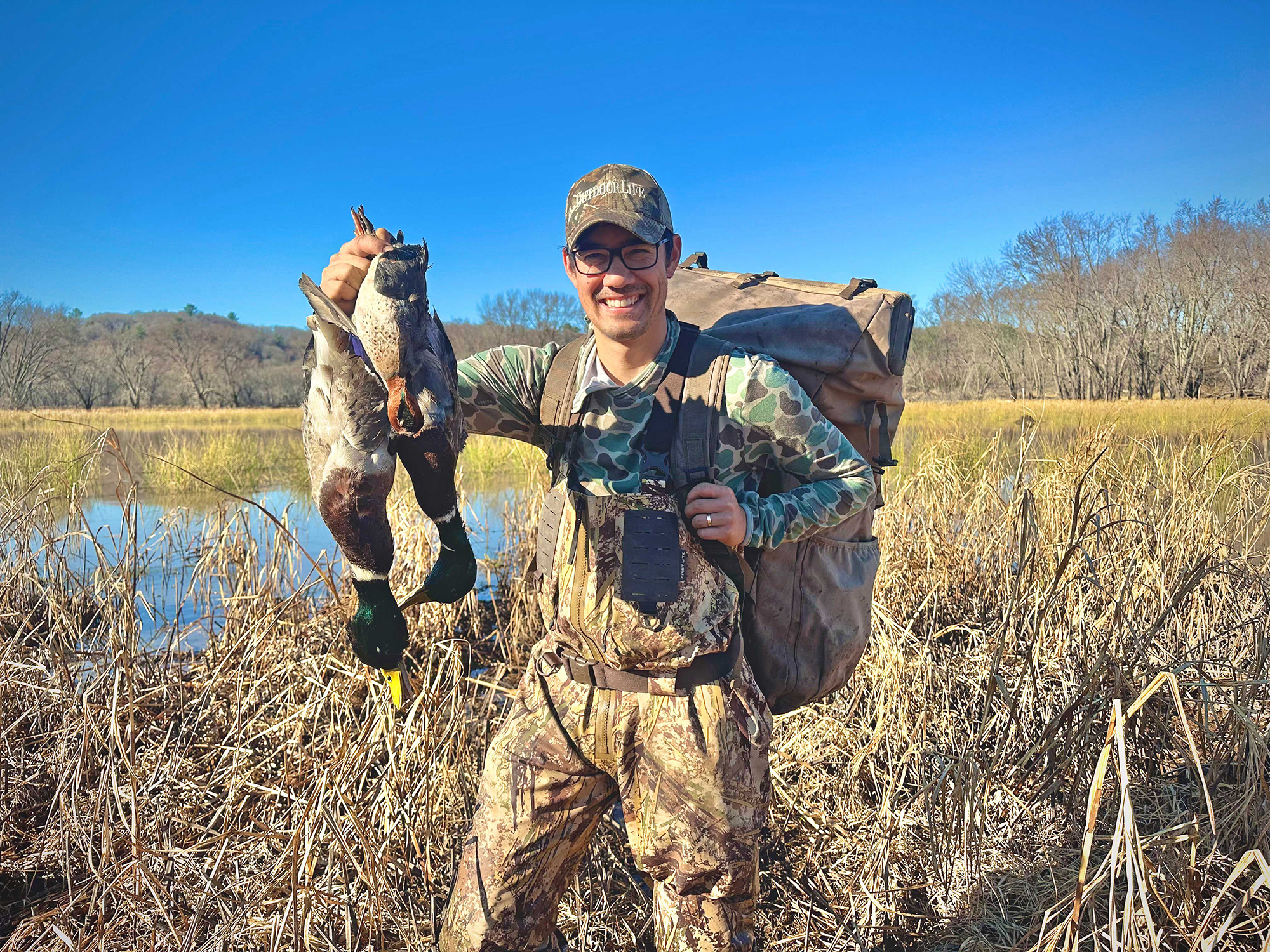
Photo by Alex Robinson
The only way to get good at decoying ducks is to get out there and do it. Take careful notes on what works and what doesn’t. Also pay attention to what other hunters are doing. For the most part, it’s best to do the opposite of what everyone else is doing. Remember that locating the X, a good hide, and a realistic spread are the true keys to success. Master those three elements and you’ll be able to kill ducks wherever you go.
The post How to Decoy Ducks: Expert Tips and Tactics for Finishing Birds Close appeared first on Outdoor Life.
Source: https://www.outdoorlife.com/hunting/how-to-decoy-ducks/

